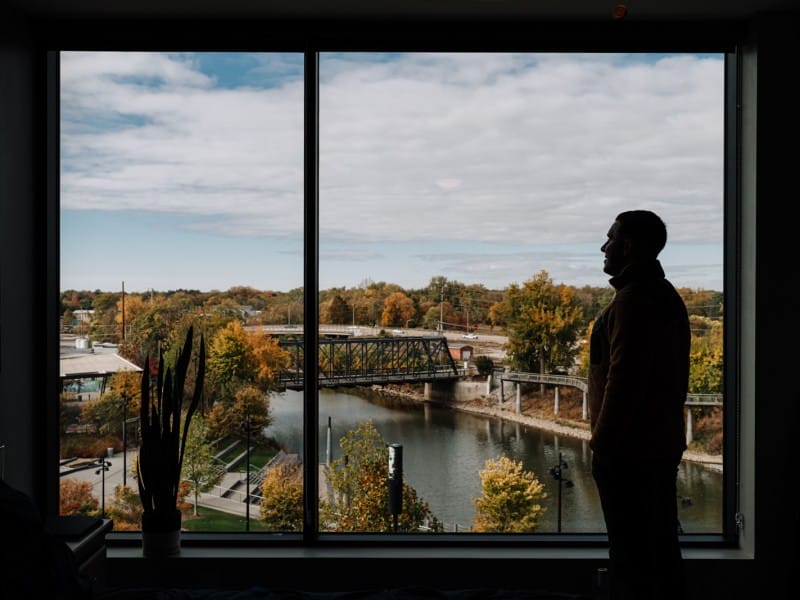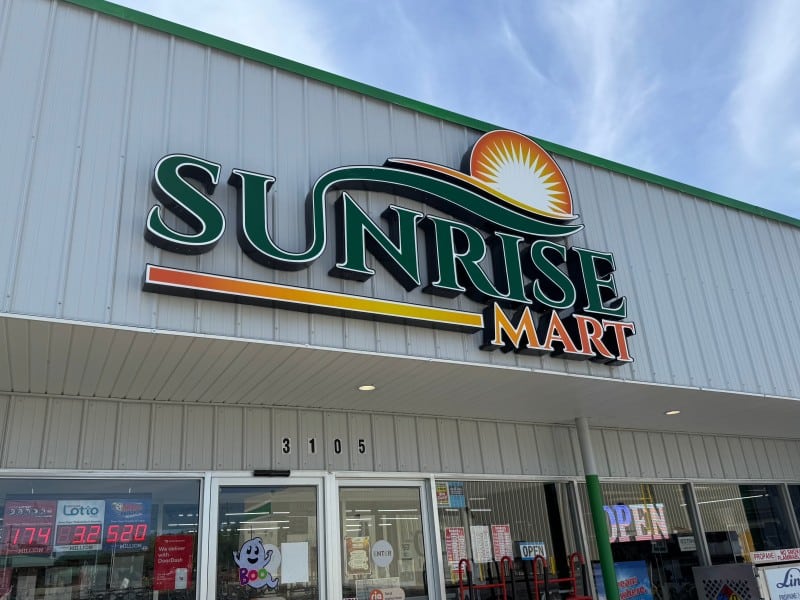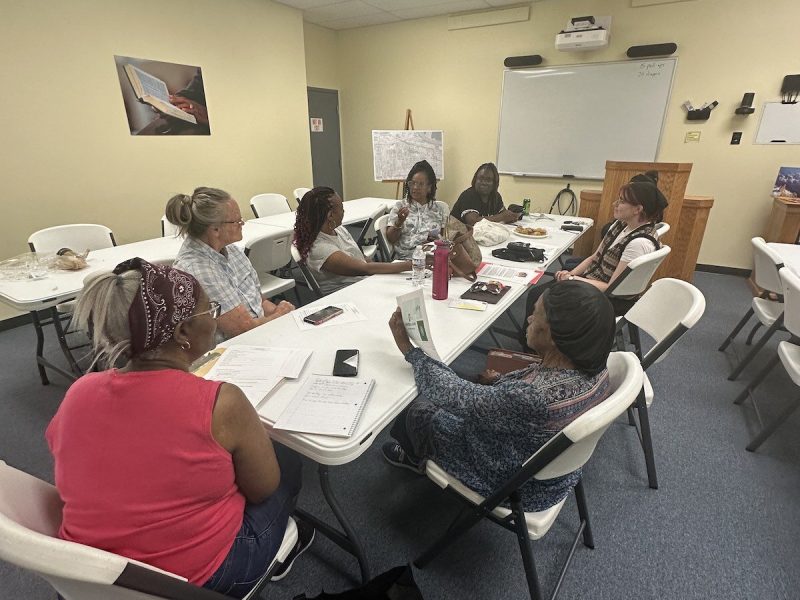How do you support a neighborhood? Architect and Community Developer Réna Bradley weighs in
Bradley’s work is holistic, from helping students design sustainable playgrounds on their streets to helping girls learn about professions to pursue.
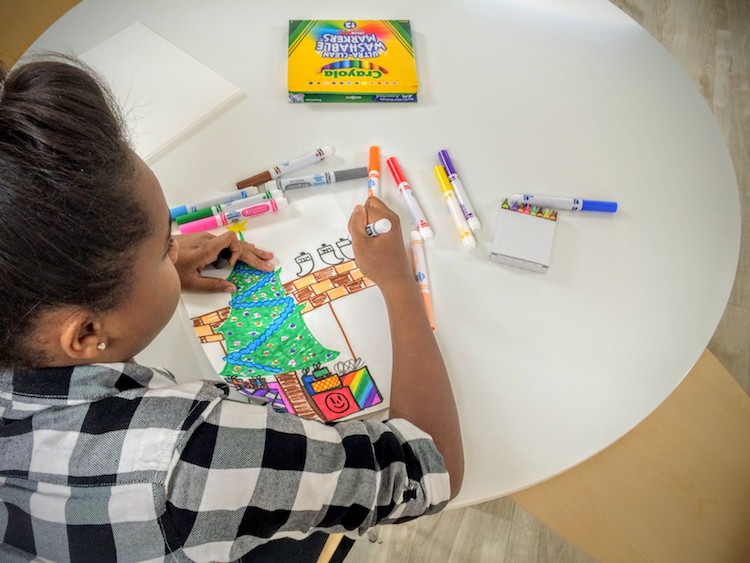
With a background in architecture and community development, Réna Bradley is a passionate believer that all aspects of a person’s environment impact their outlook on life.
Fresh out of college in 2007, she wanted a job that aligned with this belief and utilized her skills. She landed her first job working for an architecture firm that designed large hospitals in Virginia, which gave her great experience, but didn’t speak to her heart.
So, she moved back to her hometown Detroit where she landed her second job, working for the Detroit Land Bank Authority. As a government organization, the Land Bank used stimulus funds to stabilize property values in Detroit neighborhoods by doing green, historic rehabs. But while Bradley found the work fulfilling, her position didn’t utilize her skills as an architect.
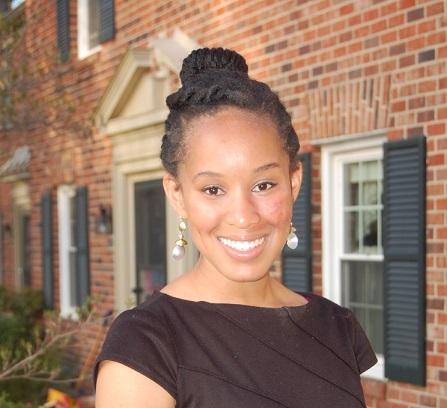
That’s what led her to her third job—the one she helped create for herself in Fort Wayne to live out her calling.
She heard that Bridge of Grace Compassionate Ministries Center was looking for an Education Programs Coordinator to support the advancement of its surrounding Mount Vernon Park neighborhood.
To Bradley, it sounded like what they were really looking for was a Community Development Director—a person to impact the neighborhood’s built environment and its non-built environment at the same time.
Today, as the Community Development Director at Bridge of Grace, Bradley’s work is holistic, ranging from helping students design sustainable playgrounds on their streets to helping girls in the neighborhood learn about professions they can pursue.
In Mount Vernon Park, 48 percent of the population is under the age of 25. So she developed a program for young girls called Wonderfully Made, which introduces them to local leaders in various industries, giving them a professional support system.
“Beyond just developing property in our neighborhood, I get to help develop and encourage people in our community,” Bradley says. “I think that’s a really awesome opportunity.”
Input Fort Wayne sat down with Bradley to learn more about her work at Bridge of Grace and the ways she’s supporting the built and non-built environment of southeast Fort Wayne.
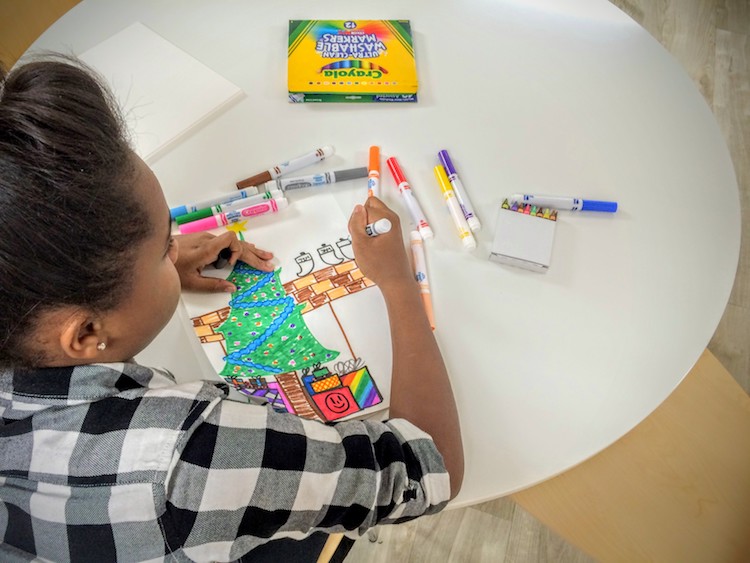
IFW: A lot of your work as an architect revolves around the concept of how people’s environment impacts them. Tell us more about that.
RB: Surroundings, in general, impact people, and either that communication is positive or it’s negative. I think it’s very rarely—if ever—neutral. So you have to ask yourself: What is my environment saying to me?
I had the pleasure of growing up in Southfield, Michigan, which is a very diverse community and a very economically well-off community. So beyond the built factors of my environment, I had neighbors and friends who were older saying, “Réna’s going to be a doctor when she grows up,” or “Réna’s going to be a lawyer when she grows up.”
Growing up, all my pediatricians were African American women, so they all looked like me. My parents were business owners, and our neighbors were professionals: engineers, teachers, newscasters, etc.
Then I had my mother, who would hear this doctor and lawyer “nonsense,” and say, “My kid’s going to be president.” (laughs) That was the environment that was feeding into me, and I think I just assumed it was like that for everybody. All of my friends had parents who were more or less the same way.
When I came to Fort Wayne and started working at Bridge of Grace, I started to realize that that’s not necessarily everybody’s reality and upbringing as a child.
IFW: As someone who had a supportive environment growing up, tell us how you have helped create that for other girls in the Wonderfully Made program.
RB: I first met some of the girls in the neighborhood when they followed me to work. (I lived in a house nearby.) Shortly after that, they started coming over to my office at Bridge of Grace directly after school.
Then one day, they didn’t show up, so I was wondering: Where are my kids? They’ve been coming here every day for three or four weeks straight. So I went outside, in my heels, and I started walking around the neighborhood. Then one of the girls came tearing across the lawn, and shouted, “Miss Réna! I knew it was you!”
I said, “How did you know?” She said, “Because you’re the only one who dresses like that.”
When I asked, “Well, what do I dress like?” she said, “You dress like a very busy lady.”
That was my lightbulb moment. I realized that they don’t see a lot of people who dress like “very busy people.” So we started Wonderfully Made in part to help expose girls in our neighborhood to different career fields and take them on field trips to see other busy people. We want to expand their horizons and help their environment be one that gives them beautifully high standards, and says, “You’re valuable; You’re worthwhile; You can achieve up here—at a really high level.”
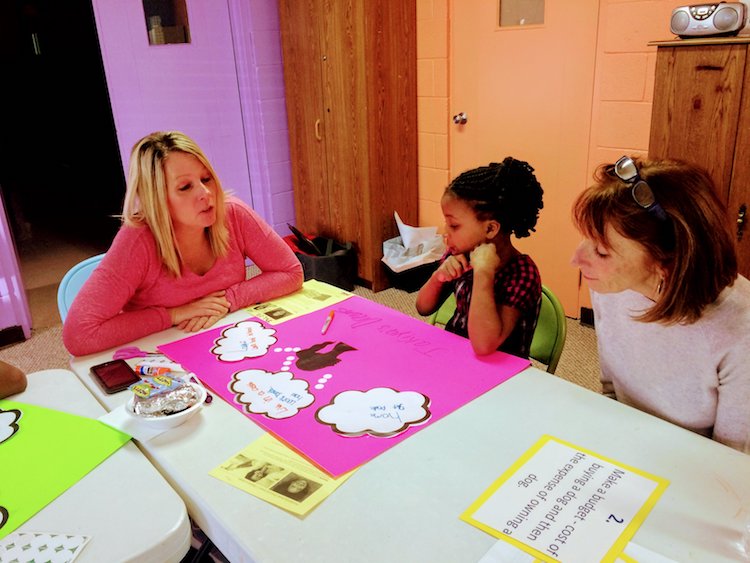
IFW: Tell us more about how the Wonderfully Made program works.
RB: Wonderfully Made is our once weekly program that we organize for girls in our community. We organize faith-based workshops and coordinate guest speakers and field trips to encourage them to pursue their dreams and live lives of creativity and purpose. Our guest speaker and field trip selections are often tailored to their interests. So if they say, I want to be a writer, we bring in a journalist. If they say, I want to be a doctor, we find a doctor. If they say, I want to be a lawyer, we find a judge because we want them to aim high.
So that’s the program, in a nutshell. It’s girls only. Our age ranges from third grade to sixth. We have two lessons, and then every third session is a guest speaker or a field trip.
One of our first field trips was to Britton Marketing + Design Group. The girls got to visit Britton, meet some staff members, and leadership of the organization, and draw Christmas scenes. Then Britton took the Christmas scenes the girls drew and made our corporate Christmas card with them. More than 400 of those cards were eventually sent out to volunteers, donors, and friends of Bridge of Grace. So our kids got to learn a little bit about marketing and feel validated by knowing that their artwork went out to homes in our neighborhood and across Fort Wayne.
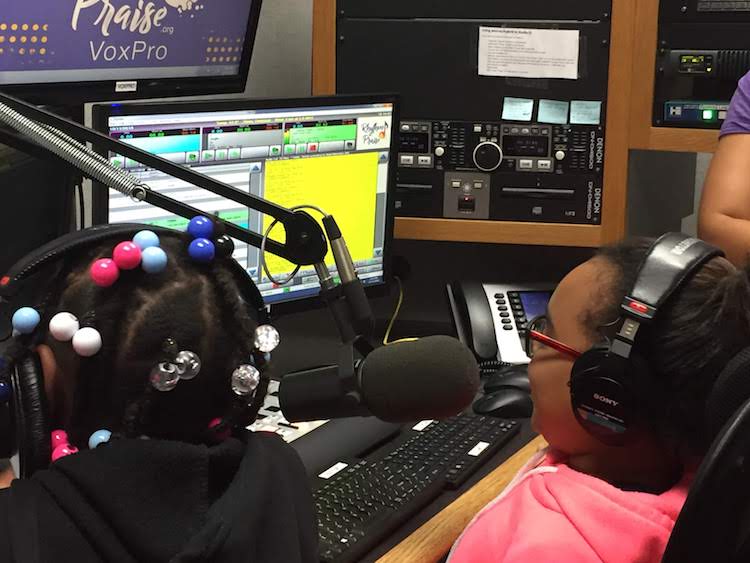
IFW: Wonderfully Made is based at Bridge of Grace, a nonprofit that started as a ministry of Many Nations Church. Tell us about that.
RB: Sure, the vision for Bridge of Grace began a little more than 10 years ago, and it came out of the dream that Pastor Javier had as one of the co-pastors of Many Nation’s Church.
He grew up one of the most violent communities in Mexico, and ended up falling into a gang early on. He said he and his friends would sit on the sidewalk on Sunday mornings, and people would walk by them to go to church, and just close the door. Then they would walk back out at the end of the service. No one ever stopped to talk to them to say, “How are you?” or “What are you doing?” or “Come to church with me.”
So when he was introduced to Christ later in life, he said, “If I’m part of a church, and if I have a church someday, I don’t want it to be that way. I want the doors to be wide open, and if that place disappears, I want the neighborhood to miss it.”
When he moved here, he knocked on all 550 doors of the homes in our neighborhood, and said: “What do you want to see happen in your community? And what do you want to see in your church?”
People said: “We want to be safer, and we want more of a sense of community among our neighbors.” So Many Nations Church (where Bridge of Grace’s offices are located) ended up being the hub for the neighborhood association by default.
Then during the neighborhood association meetings, people started expressing their concerns about the community. One concern was that neighborhood kids needed help, they needed tutors. So Bridge of Grace started an afterschool program shortly thereafter.
Now, the gamut of our programs—including those run by organizational partners like City Life—help us work with kids from pre-kindergarten all the way through the end of high school. In the future, we’re hoping to help provide scholarships and support students when they go to college with the hope that some of that investment will come back into this community to help build it up.
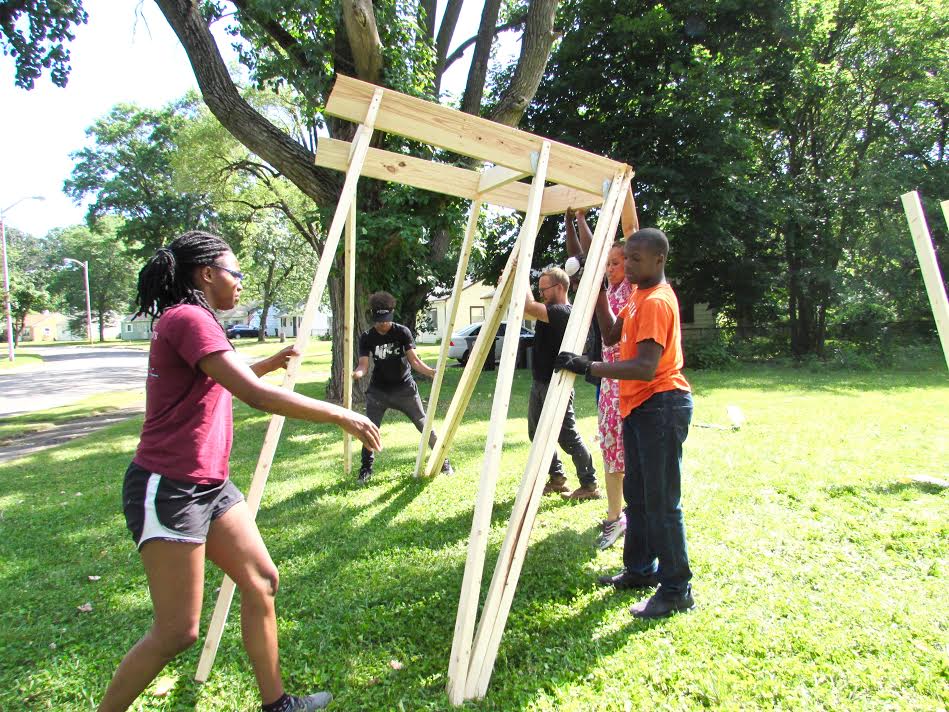
IFW: Mount Vernon Park neighborhood association meetings are what eventually led into your work on the built environment side of things at Bridge of Grace. Tell us about how that got started.
RB: At Bridge of Grace, we really do aspire to help build the community up holistically. When I first came in, our three focus areas were: Crime and safety, life skills training (cooking classes, financial classes, ESL), and education.
Then, when I was hired, we started doing more community development work. That meant, not just doing programs for the community, but also with the community.
So, I relaunched our listening tour effort, mobilizing volunteers to go from house-to-house, asking residents what they wanted to see here. They said, “We want beautification. We want our neighborhood to be beautiful. We want it to be a place that feels safe, and we want more recreation spaces for our kids.”
Then it was my job to figure out what to do with the assets we have. So we designed and built a playground with kids in the neighborhood through a program called Tired-A-Lot. (You can check out the program’s website at www.tiredalot.org.)
We’re doing two more vacant lot activations this year that our high schoolers designed and helped build the prototypes of. We try, as much as possible, to develop our neighborhood environmentally, economically, spiritually, socially, and to do that in such a way that we also build up our community members so that our efforts have longevity beyond us as individuals and an entity.
To see kids in this neighborhood go from identifying a challenge, to designing a solution for it, to building that solution is powerful. They can look back on what they’ve accomplished and say, “I’m a builder. I made that happen. I made a difference.”
When you change those physical parts of your circumstances, you start to realize, “Wow, I can shift other parts of my circumstances as well.”
Support Programs at Bridge of Grace
Bridge of Grace offers programs for residents of all ages in the Mount Vernon Park neighborhood. To learn more, volunteer, or donate, visit their website or the website of their Tired-a-Lot summer program.


